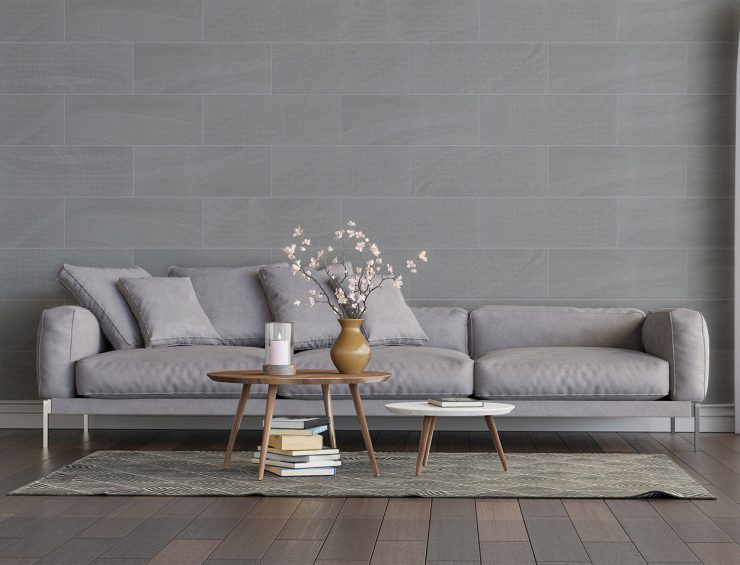If you’re considering revamping your home’s interior, concrete tiles may be a stylish and versatile option worth exploring. These tiles can add an industrial, modern, or minimalist aesthetic to your space.
In this blog post, we’ll delve into the pros and cons of using concrete look tiles in interior design to help you make an informed decision.
Pros of Incorporating Concrete Look Tiles
-
Durability and Longevity
One of the standout advantages of concrete look tiles is their exceptional durability. These tiles are resistant to wear and tear, making them ideal for high-traffic areas such as kitchens, bathrooms, and living rooms.
Additionally, their longevity means that they can withstand the test of time, offering enduring beauty for many years.
-
Versatility in Design
Concrete tiles come in a variety of shapes, sizes, and colours, allowing for versatile design options.
Whether you prefer a sleek, monochromatic look or a textured and patterned design, these tiles can adapt to various interior styles, from contemporary to industrial.
-
Easy Maintenance
In interior design, convenience is key. Concrete look tiles are effortless to maintain, requiring regular cleaning to keep them looking pristine.
Their non-porous nature also makes them resistant to stains, moisture, and odours, offering a hassle-free solution for maintaining a clean and polished interior.
-
Cost-Effective Substitute
For those who admire the aesthetic appeal of concrete but are deterred by its cost and labour-intensive installation, concrete look tiles provide an affordable alternative.
They can mimic the appearance of concrete without the associated expenses and complexities, making them a cost-effective choice for homeowners seeking a modern and industrial look.

Cons of Incorporating Concrete Look Tiles
-
Coldness Underfoot
While the cool, industrial feel of concrete tiles may be a desirable feature in warmer climates, it can pose a challenge in colder regions.
These tiles can feel cold underfoot, especially during winter months, which may require additional heating solutions to maintain a comfortable indoor environment.
-
Potential for Staining
Despite their non-porous nature, concrete look tiles can still be susceptible to surface staining if spills are left unattended for extended periods.
This may necessitate prompt cleaning to prevent discolouration and maintain the tiles’ aesthetic appeal.
-
Installation Challenges
The installation of concrete tiles may present challenges, particularly if you’re aiming for a seamless, uniform appearance.
Proper installation and grouting are crucial to achieving a professional finish, and it’s advisable to enlist the expertise of experienced tile installers for the best results.
-
Limited Insulation Properties
Compared to other flooring materials, concrete look tiles offer limited insulation properties. As a result, they may not provide the warmth and comfort that softer flooring options, such as carpet or wood, offer.
Rugs and underfloor heating systems can help mitigate this drawback, but it’s essential to consider the potential need for additional insulation.
Conclusion
Concrete tiles present an array of benefits and considerations for interior design. Their durability, versatility, and easy maintenance make them a compelling choice for contemporary living spaces. However, it’s crucial to weigh the potential challenges, such as their cold underfoot feel and installation complexities, before integrating them into your home.
By carefully considering the pros and cons of using concrete look tiles in your interior design endeavours, you’ll be equipped to make an informed decision that aligns with your aesthetic and practical requirements.
